
Refer to these websites and references for more detailed information on current water use restrictions for Victorville, water conservation and water-efficient landscaping.
-
Victorville Water District Conservation Program and Water Shortage Contingency Plan - Prohibited Water Uses and Water Waste
-
Emergency Regulation for Statewide Urban Water - California’s Drought and State Water Resources Control Board Resolution No. 2014-0038
-
How to help reduce water use 20% - Save Our Water
-
Outdoor specific - WaterSense outdoors
Conservation Organizations
Conservation and Landscaping Tips
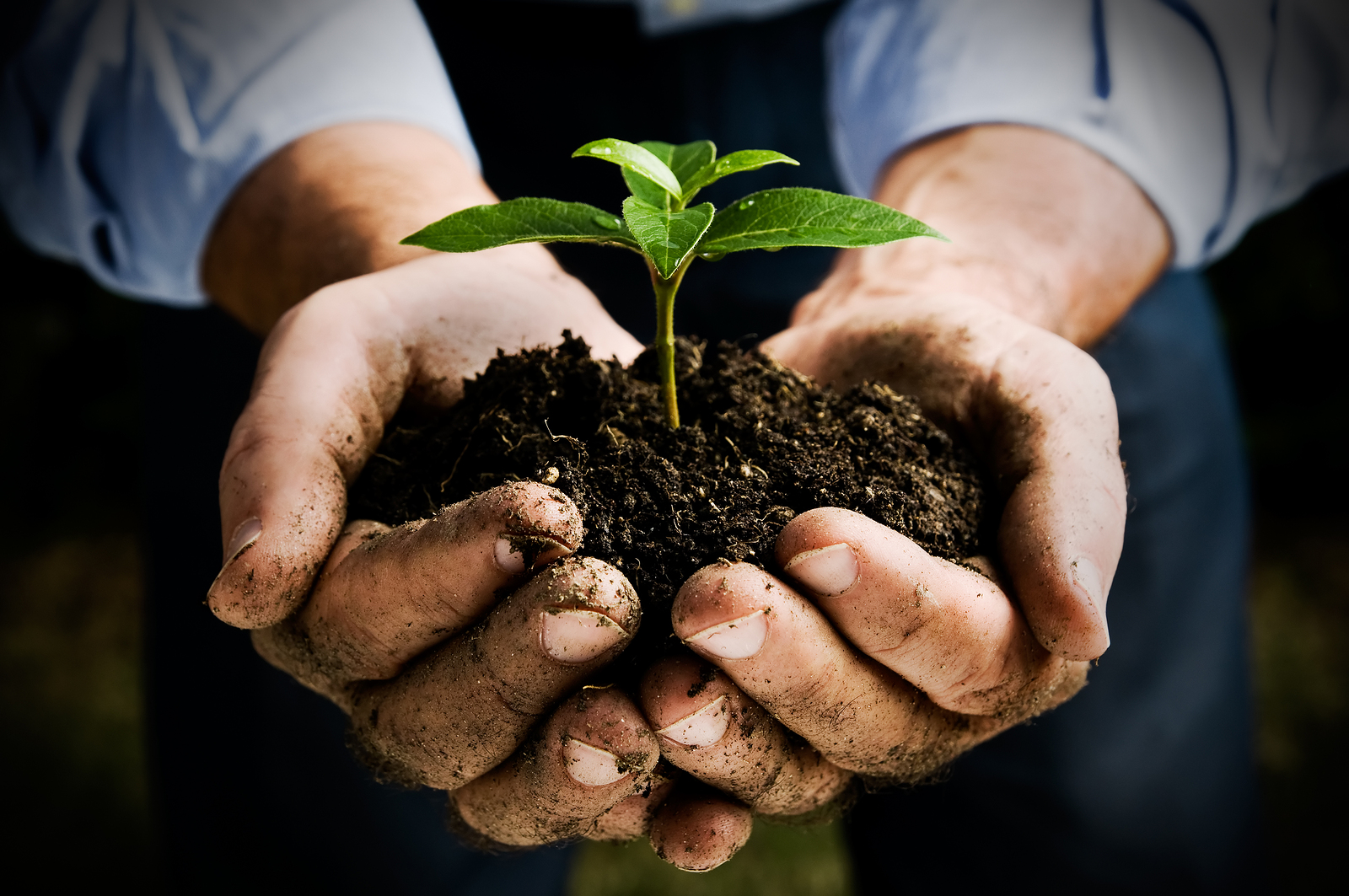
Kids and Water Conservation
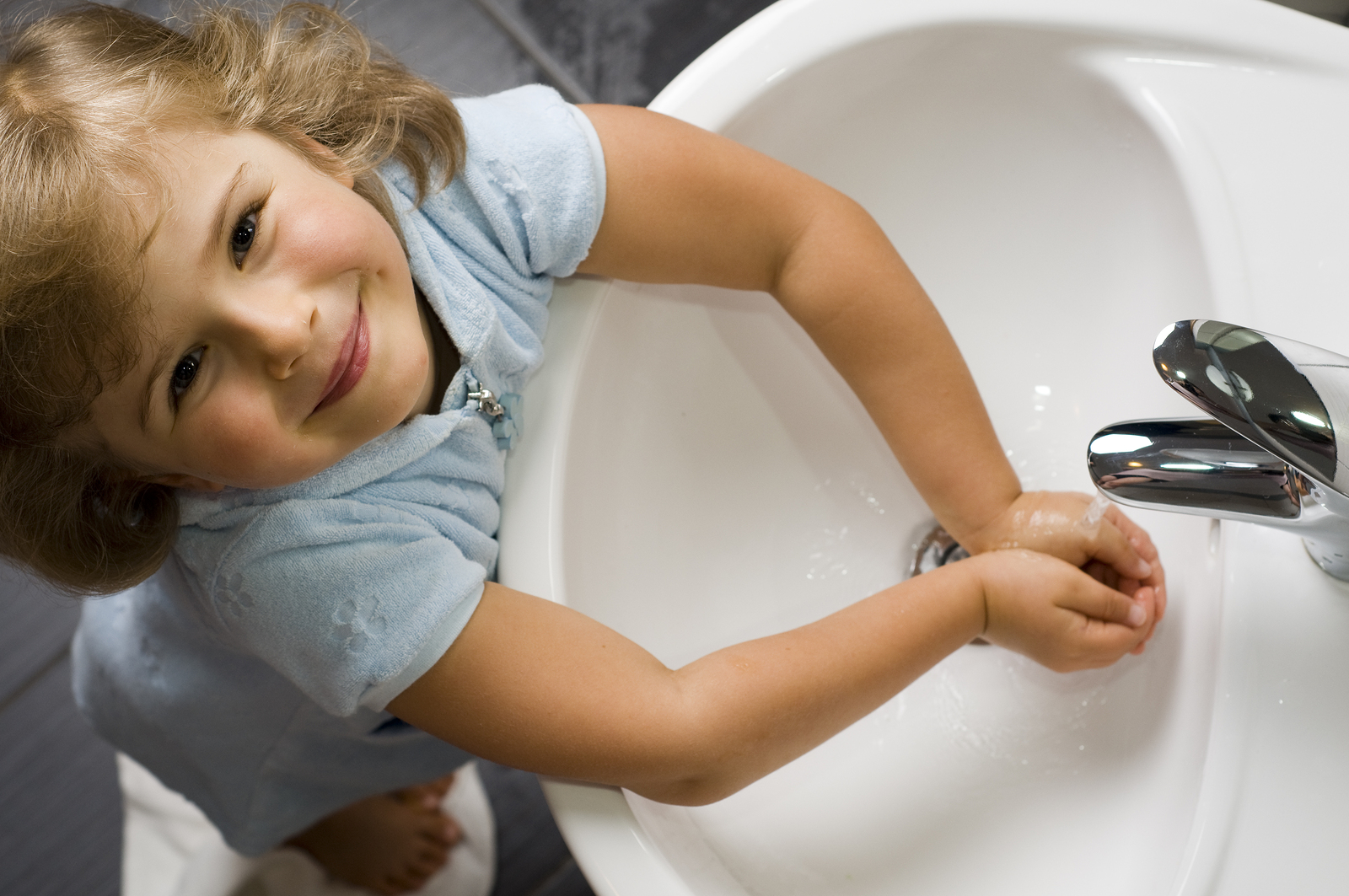
Saving Water Indoors: It All Adds Up!
Becoming Water Aware
Pay attention to how you use water to “ reduce its use” or “ increase its efficiency.”
-
Reduce time in shower
-
Turn off faucet while brushing teeth
-
Install low-flow toilets and high-efficiency front-loading washers.
A byproduct of saving water is the energy that is saved to move and heat water.
How much does water conservation matter, really?
-
In the Bathroom
Flushing the toilet accounts for almost 30% of indoor water use. A standard toilet uses about 3.5 gallons per flush. By comparison, a high-efficiency toilet (HET) uses 1.3 gallons per flush or less. Replacing with water-efficient models can reduce water use from 8,000 to 5,000 gallons a month.
-
In the Kitchen
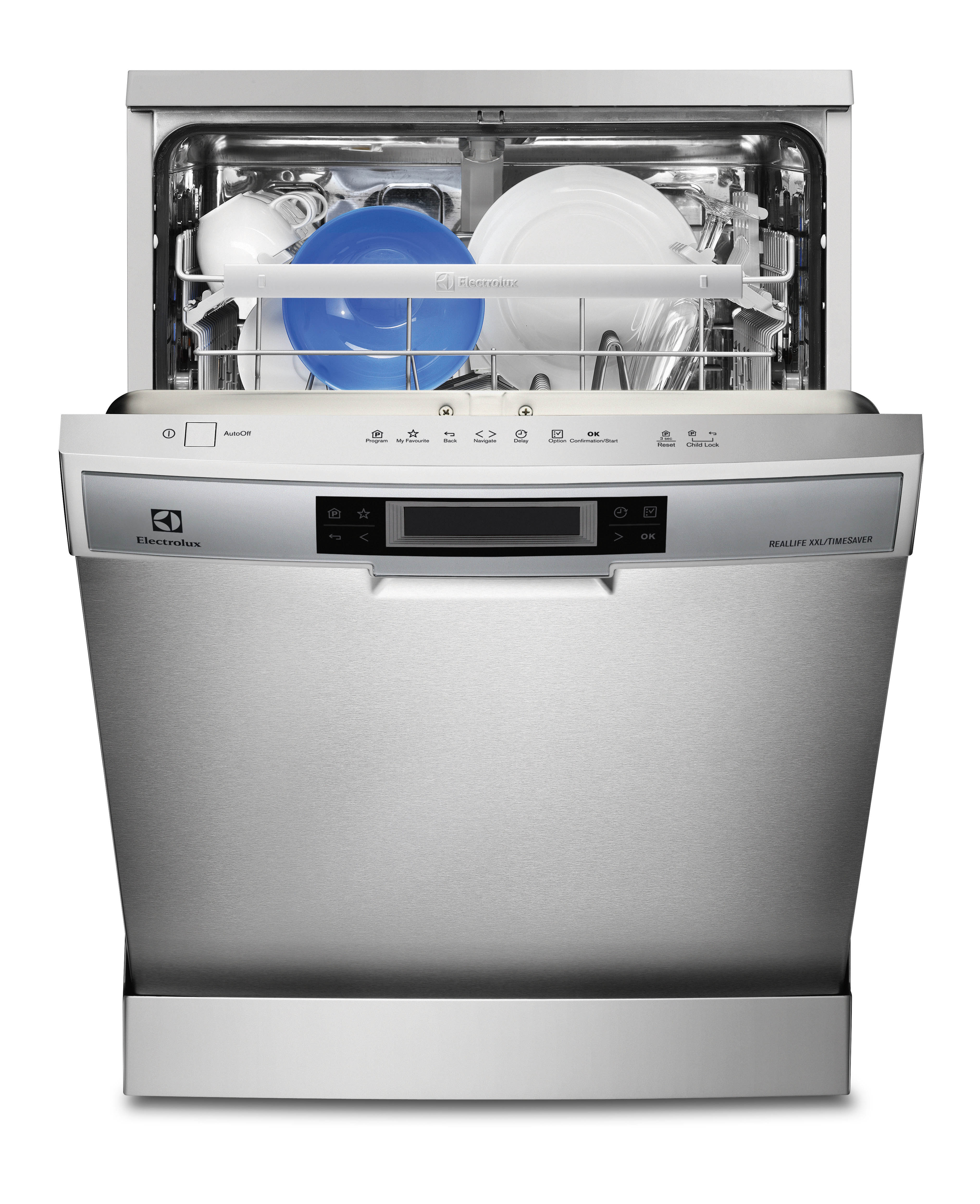
Get a dishwasher. Most new models use less water compared to washing dishes by hand. Hand-washing one load of dishes can use 20 gallons of water. An energy-efficient dishwater uses from 4 to 6 gallons of water per load.
-
Shower or Bath: Which Uses More Water?
If time spent in the shower is less than 10 minutes, using two-gallons of water per minute flow, your shower will use 25 gallons. Compare to the average bath, which requires about 35 to 50 gallons of water.
-
Water–Efficient Showerheads, Faucets and Faucet Accessories

Consider installing products that will cut back on a faucet’s flow by 30 percent or more. For example:
-
Changing the standard flow of a faucet to about 2.2 gallons per minute by installing a low flow aerator cuts it down to 1.5 gallons per minute.
-
Low-flow showerheads can save almost 3,000 gallons per year and enough electricity in a year to power a house for 13 days, because less water is heated.
According to the United States Environmental Protection Agency (EPA), if every home in the United States replaced existing faucets and aerators with water-efficient WaterSense labeled models, we could save nearly $1.2 billion in water and energy costs, including 64 billion gallons of water annually. This is the equivalent to the annual household water needs of more than 680,000 American homes! It all adds up!
Water Savings
In the Bathroom
-
Put a bucket in the shower while the cold water is warming up. Use the water you catch for watering plants, flushing the toilet, or for cleaning.
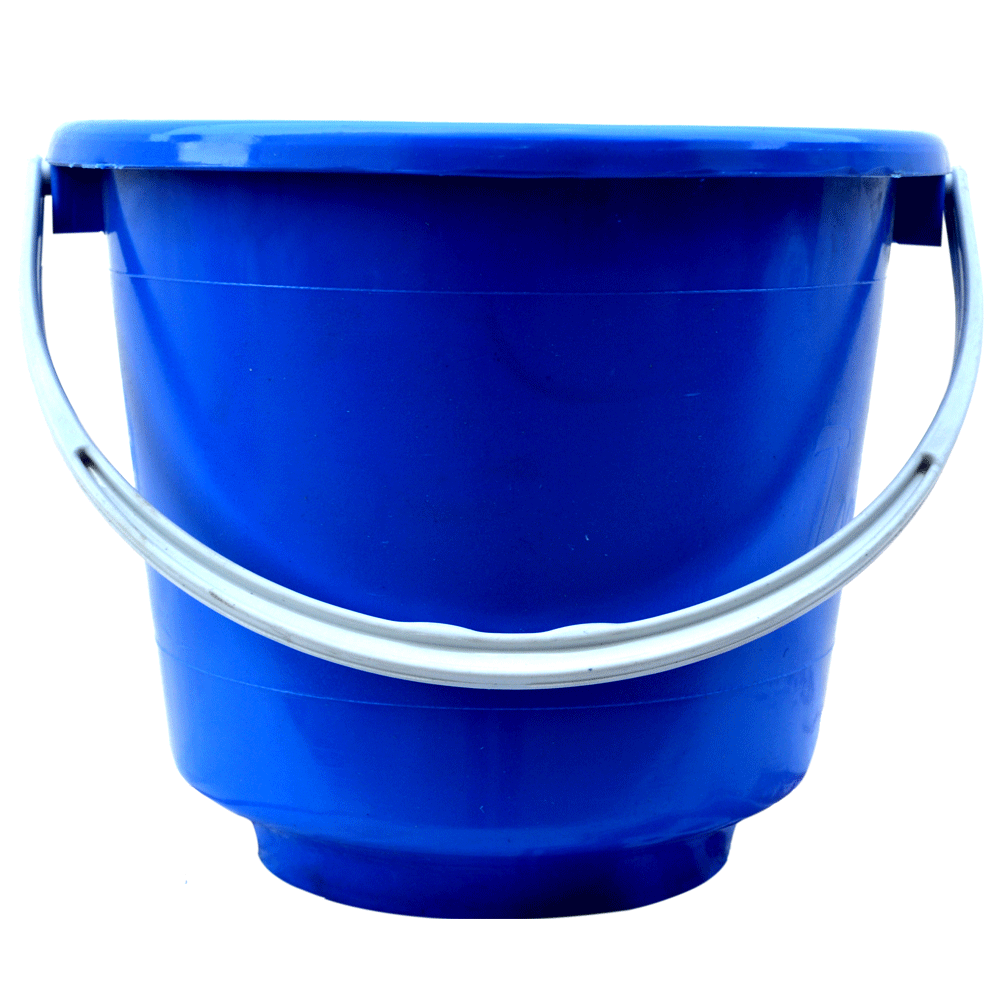
-
Spend less time in the shower. Reduce your shower time to five minutes or less.
-
Turn off the water while brushing or shaving. Water running is two or more gallons. Turning the water off while brushing uses only 1 to 2 glasses of water, less than 16 ounces.
-
Filling the sink as part of your shaving routine can save several gallons.
-
Toss trash in the trash can, not the toilet.
In the Kitchen
-
Run the dishwasher only when it’s full.
-
Plug up the sink or use a washbasin if washing dishes by hand . Use one side of the sink for washing, the other for rinsing.
-
Keep a container of drinking water in the refrigerator.
-
Plan ahead and thaw frozen foods in the refrigerator overnight.
-
Add food wastes to a compost pile instead of using the garbage disposal .
In the Laundry Room
-
Wash only full loads
-
Use the appropriate water level or load size selection on the washing machine.
At
approximately 15 gallons per load, a high-efficiency, front-loading
washer
uses
less than half of the 35-40 gallons required to wash a load of
clothes in a standard top-loading washer. Over the course of a year,
a front-load machine could save over 10,000 gallons of water!
The
EPA suggests that to save even more water—
consider
a clothes washer with a
low
water factor.
The water factor is the number of gallons per cycle per cubic foot
that a clothes washer uses. If a washer uses 18 gallons per cycle and
has a tub volume of 3.0 cubic feet, then the water factor is 6.0. The
lower the water factor, the more efficient the washer.
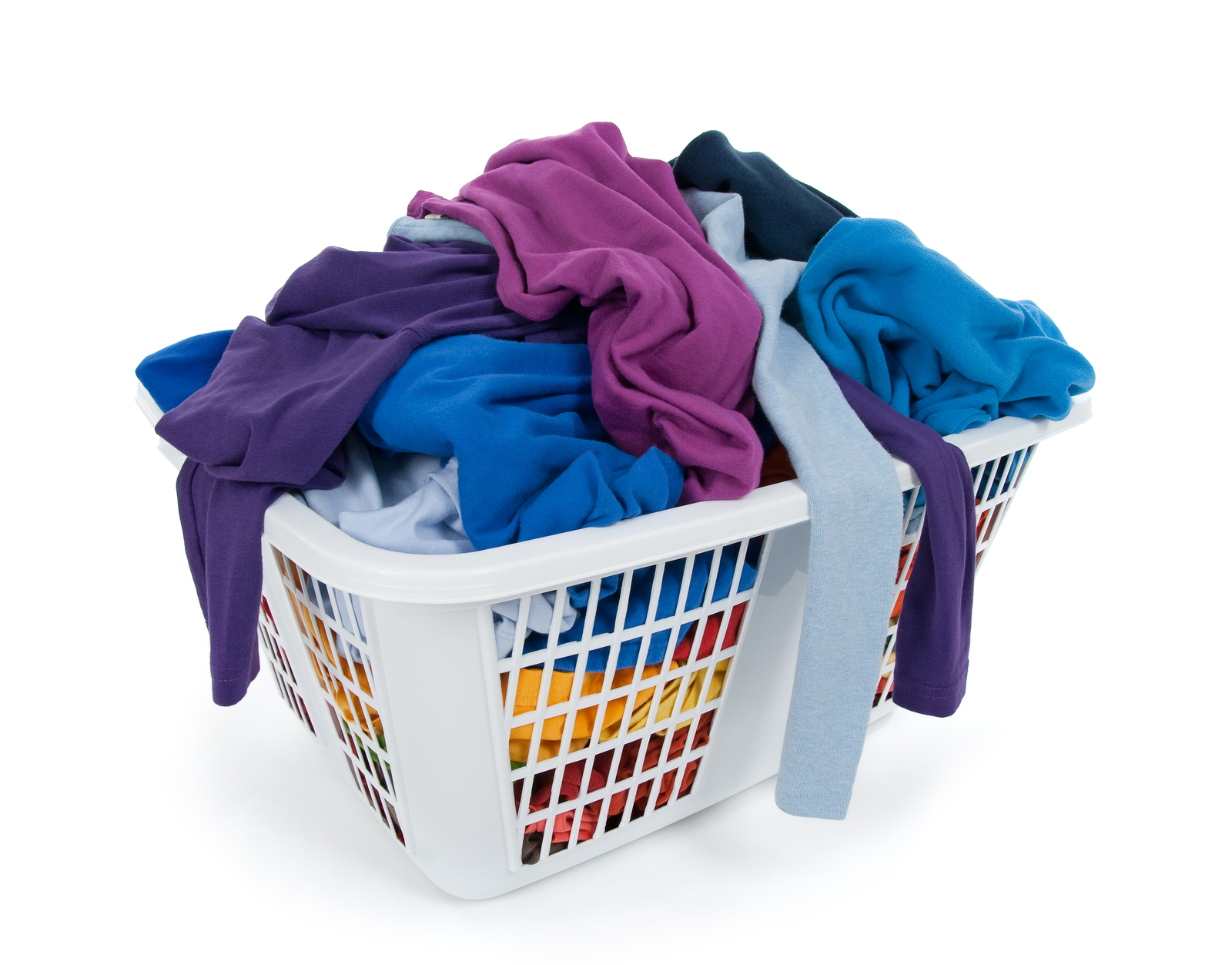
Look at your water usage during December or January, when little or no water is being used outdoors. If a family of four exceeds 16 hundred cubic feet, (HCF) or 12,000 gallons per month, substantial leaks are the likely culprits. Read all the numbers on your water meter. Don’t use any water indoors or out for two hours. If the meter changes at all, after reading it again or observing the leak detector or sweep hand moving, suspect leaks.
An average American home can lose more than 10,000 gallons of water to leaks every year. Fixing household water leaks can save homeowners up to 10 percent on their water bills. Determine whether you're wasting water, and then identify the source of the leak. Water can leak from dripping faucets, showerheads, and worn toilet flappers.
Simple water-saving steps:
-
Twist and tighten pipe connections: If your showerhead is dripping, check to see if there is a tight connection between the showerhead and the pipe. Twist by hand to tighten or remove the showerhead, wrap some pipe tape (also called plumber’s tape or Teflon tape) around the threads to secure it.
-
Replace worn toilet flappers : Lift the lid off the tank, add a few drops of food coloring in the tank. Wait 10 minutes then check to see if color shows up in the bowl. If you see colored water, you have a leak.
-
Shorten the chain: If you have to jiggle the handle to stop a toilet from running, shorten the chain to prevent it from getting caught underneath the flapper or plug.
-
Replace fixtures if necessary: WaterSense-labeled models are independently certified to use 20 percent less water and perform as well as or better than standard models.
